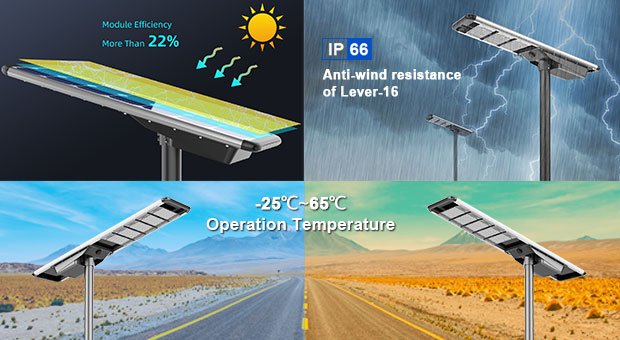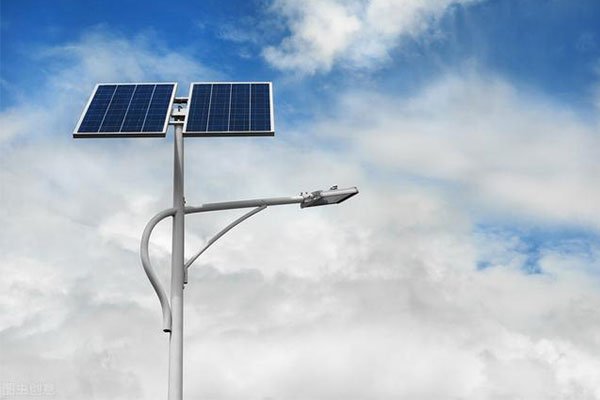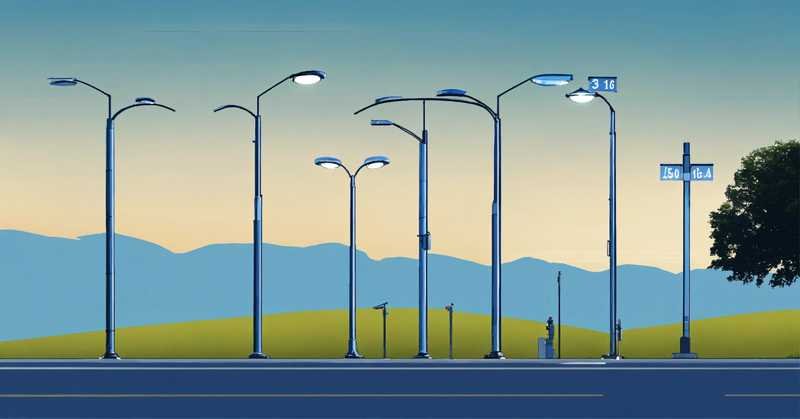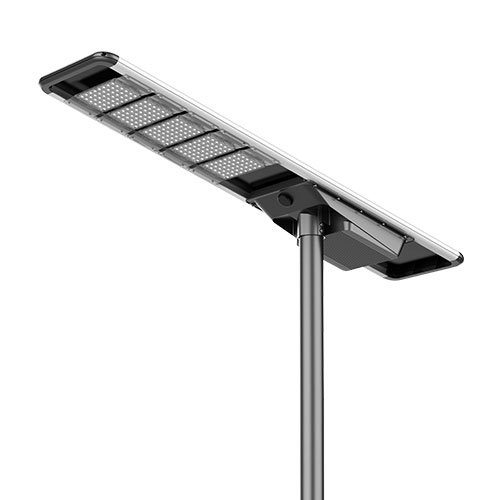Solar street lights provide a reliable and sustainable lighting solution for both densely populated urban areas and remote rural regions. With low maintenance costs and adaptability to various environments—including extreme temperatures, heavy rainfall, and low-light conditions—solar lighting has gained widespread adoption.
Thanks to advancements in high-efficiency solar panels and high-energy-density batteries, solar street lights are now more effective than ever. They operate independently from the power grid, making them an ideal choice for areas lacking reliable electricity infrastructure.
How Do Solar Street Lights Work?
1. The Functioning of Solar Lighting
Solar-powered lighting systems rely on photovoltaic (PV) technology to convert sunlight into electricity.
- During the day: Solar panels absorb sunlight and convert it into electrical energy, which is stored in rechargeable batteries.
- At night: The stored energy powers LED lamps, ensuring continuous illumination.
- Automatic controls: Many solar lights are equipped with light sensors that enable them to turn on and off automatically based on ambient light levels.

2. Energy Efficiency & Durability of LED Lighting
LED street lights are far more energy-efficient and durable compared to traditional incandescent or fluorescent bulbs.
🔹 Lower power consumption – LEDs use significantly less energy, maximizing battery life.
🔹 Extended lifespan – LEDs last 5-10 times longer than conventional bulbs, reducing replacement costs.
🔹 Minimal maintenance – LED technology ensures stable and efficient lighting with little upkeep.
💡 Case Study: Many cities worldwide have switched to LED streetlights to lower energy consumption and maintenance costs. For example, Los Angeles saved $10 million annually after replacing its traditional streetlights with LED alternatives.
The Benefits of Solar Street Lights in Rural Areas
1. Addressing Lighting Challenges in Remote Regions
Many rural areas lack access to electricity grids, making traditional street lighting impractical due to high installation costs.
Solar street lights require no connection to the power grid, making them an economically viable solution for remote locations.
💡 Case Study: The Indian government has installed solar street lights in thousands of villages, improving nighttime visibility in mountainous and isolated communities.
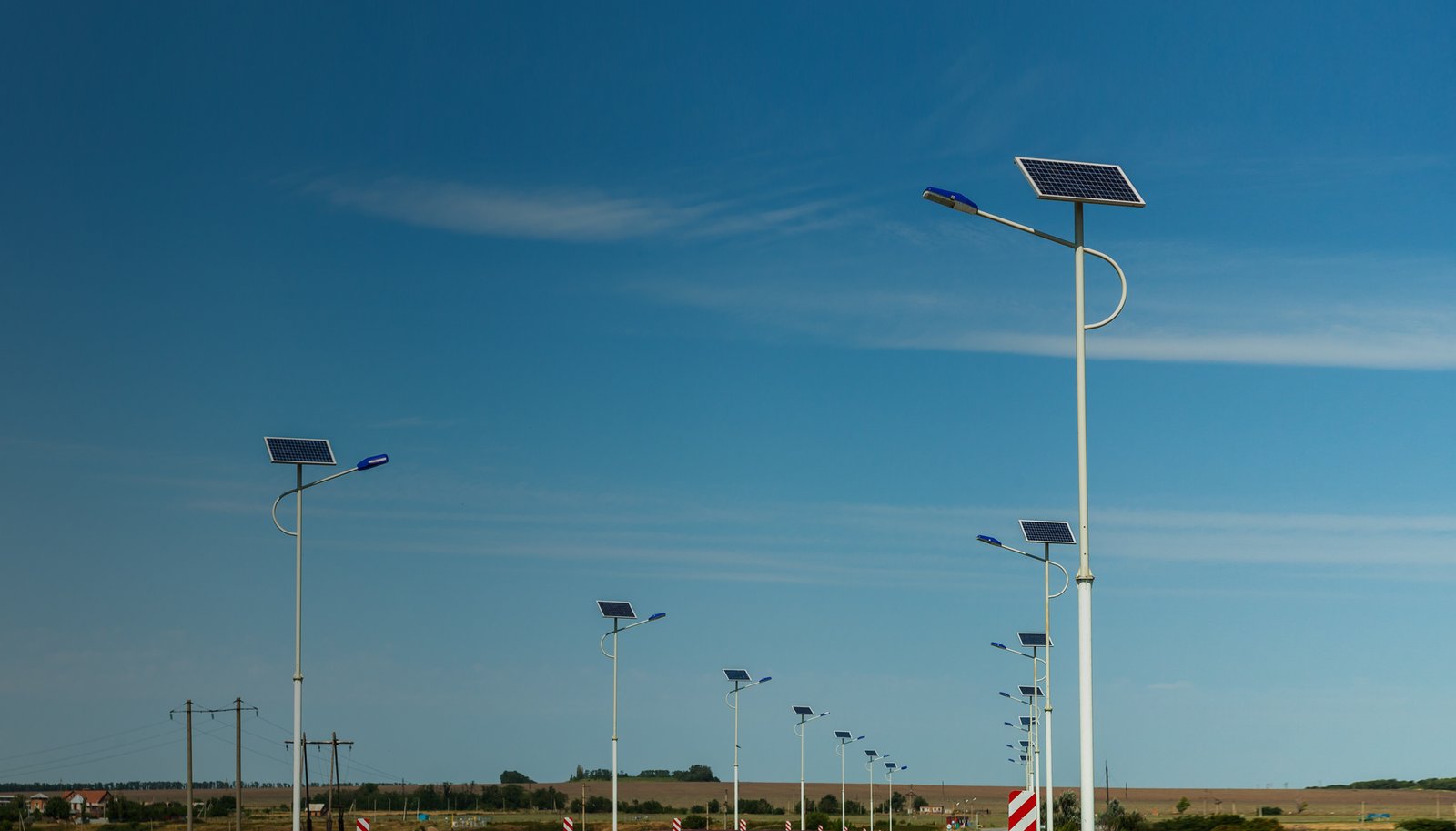
2. Improving Quality of Life & Safety
🚶♂️ Enhanced nighttime security – Improved illumination reduces accidents and deters crime in unlit areas.
🛍 Boosts local economies – Extended business hours and nighttime social activities help rural commerce thrive.
🚸 Better mobility – Well-lit roads make travel safer for pedestrians, cyclists, and drivers.
3. Reliable Solution for Unstable Power Supply
In many areas, power outages are frequent and unpredictable. Solar street lighting ensures continuous illumination, regardless of grid reliability.
💡 Case Study: In high-latitude countries with unreliable electricity supplies, solar street lighting serves as a crucial backup during outages.
Economic & Environmental Advantages of Solar Street Lights
1. Low Installation Costs & No Wiring Required
🔧 Traditional streetlights require expensive trenching, cabling, and electrical infrastructure.
✅ Solar street lights eliminate these costs, as they operate completely off-grid.
💰 Cost savings:
- Avoids trenching and underground wiring expenses.
- Reduces labor and material costs.
- Minimal maintenance requirements lead to long-term financial savings.

2. Green & Sustainable Lighting Solution
🌱 Solar power is a clean and renewable energy source that reduces greenhouse gas emissions.
💡 LED technology enhances energy efficiency, further minimizing power consumption.
Environmental Impact
| Factor | Traditional Streetlights | Solar Streetlights |
|---|---|---|
| Energy Source | Grid electricity (fossil fuels) | 100% renewable solar energy |
| CO₂ Emissions | High | Zero |
| Maintenance Costs | Frequent bulb replacement | Minimal maintenance |
| Long-term Sustainability | Not environmentally friendly | Fully sustainable |
✅ Solar street lights contribute to global climate goals by lowering carbon footprints.
Conclusion: Why Solar Street Lights Are the Best Lighting Solution for the Future
🌍 Solar-powered street lights offer a low-cost, high-efficiency, and sustainable solution for urban and rural lighting needs.
🔹 They require minimal maintenance and have exceptional durability, making them ideal for various environments.
🔹 They provide reliable lighting in off-grid regions, ensuring safety and economic growth.
🔹 They support sustainable urban development by reducing energy consumption and carbon emissions.
🏙️ Municipal governments and businesses should actively invest in solar street lighting to enhance public safety, optimize energy use, and promote environmental sustainability.


